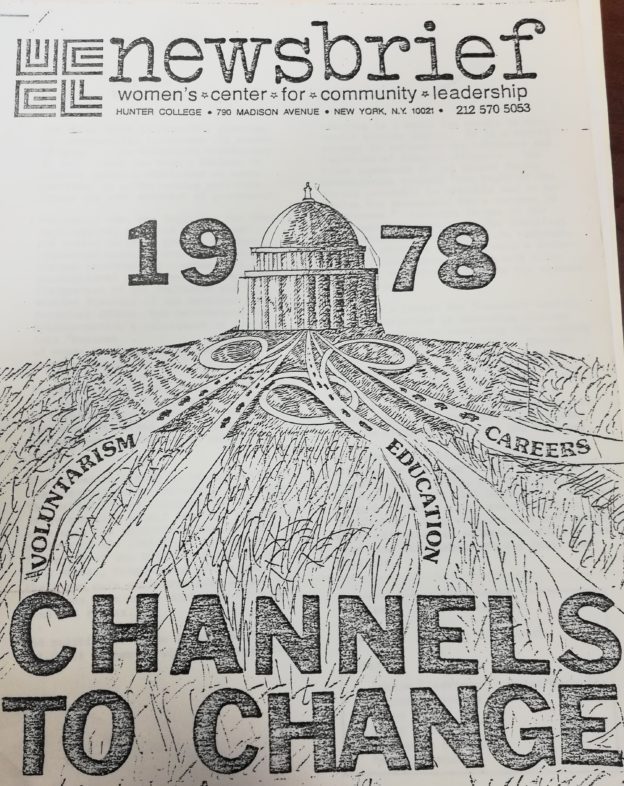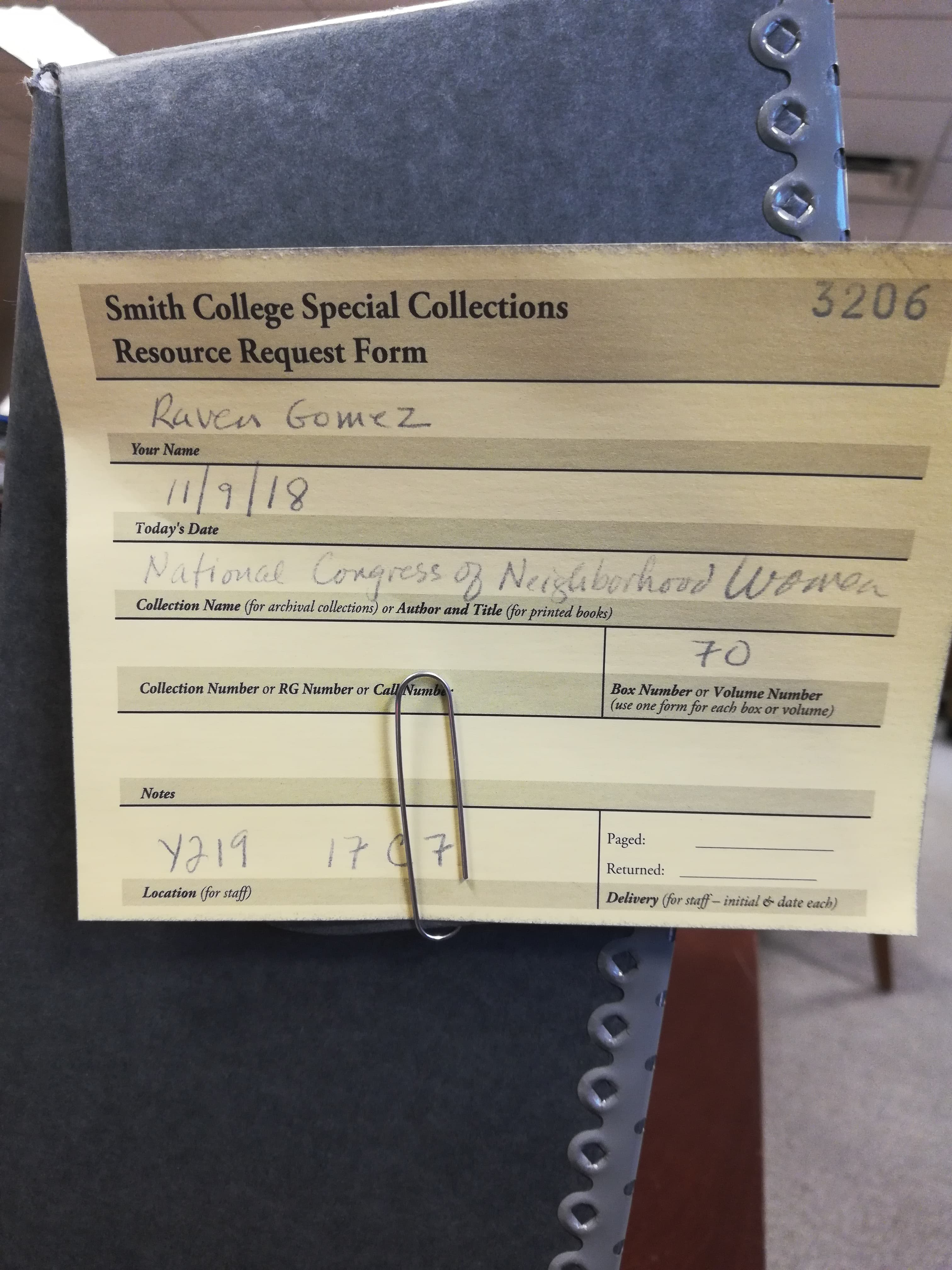For the final project, Anthony and I have created a playable beta of a game that attempts to address the intersections of online spaces, education, representation, and equity/accessibility through digital tools in learning spaces. Raven and I divided this post into two in order to explain our different angles on the same goal.
Our proposal will focus on the power of identity and aims to provide a perspective of what is possible in using games to expand the pedagogical scope of interactive mediums as a tool for learning and re-creating the standards of knowledge production in higher education. To do this we will be referencing small scale games and creating our own Twine game as a model. We will be emphasizing the gaming content, and related source material and will be referencing Digital Humanities pedagogical practices that can be theorized into game-building strategies to structure equality and dismantle power-dynamics in traditional classroom settings, and aims to integrate this practice in introductory level writing courses at the community college level (as Anthony elaborates on in his post). Our larger goal being to also create a Twine game, which is currently in a beta/bare bone stage reflecting some of our own experiences as Latin(x), students in college settings and how game creation can be a cathartic experience in our own education. We will also be looking at Kishonna Gray’s “Race, Gender, and Deviance in Xbox Live:Theoretical Perspectives from the Virtual Margins” & “Live in Your World, Play in Ours’: Race, Video Games, and Consuming the Other” by David Leonard as a contextual approach to understanding the cultural approaches to avoid and utilize in our own gaming project. In summation our aim is to expose students & faculty to the possibilities simple text-based games can offer as an alternative mode of written expression in higher education settings.
Games: Homebound, College Admissions Simulator, & Everything’s Fine
I wanted to use these three games as a positive examples of some student projects that can be easily incorporated into a “Cyborgian” classroom. These in particular were created by students at an Amherst College course titled “Video Games and the Boundaries of Narrative”with Marisa Parham I took last semester. The first is a group collaboration I was involved in, the College Simulator is intended to allow the player to think critically about the desensitizing process involved in the college admissions process. In thinking of the differences between inclusivity and equity, the categorization of students based on class, race, gender, and economic standing greatly blurs the lines of how colleges interpret and sell the “diverse” college experience. I enjoy sharing this game with students because it allows them to think outside their own experience, and into an aspect of a perspective which has systematically determined and shaped the lives of many students of colors attempting to center an institution which has historically excluded them from being included into higher education. Alternatively, Everything’s Fine explores the usage of “Mechanics as Metaphors” which portrays the immersive experience of a 1st generation college student managing their mental health and cultural expectations of leaving home to pursue a college education. I’m also interested in drawing from Amanda Phillips’ syllabus, “Gaming & Justice” and her critical work in finding the connections between written and game based narrative expressions as an example of the type of work Dh’ers are doing with interactive mediums in the classroom.

I’ll end by sharing a sneak-peak at our current game project: How Have Your Experiences Shaped Your Paper, through an image of the narrative tree-branch used in Twine to demonstrate the narrative timeline of each curated dialogue. You can currently see certain title words sticking out as reference to some of the themes we are hoping to cover in the larger game. It also offers an insight into the scaffolding/structure process of Twine as an accessible platform. Please feel free to explore and play some of the short games I linked below!

 Apologies for the late blog post! I just returned from a weekend at my undergraduate institution, Smith College for an archives project deeply related to this week’s theme of DH and Archive studies.
Apologies for the late blog post! I just returned from a weekend at my undergraduate institution, Smith College for an archives project deeply related to this week’s theme of DH and Archive studies.






